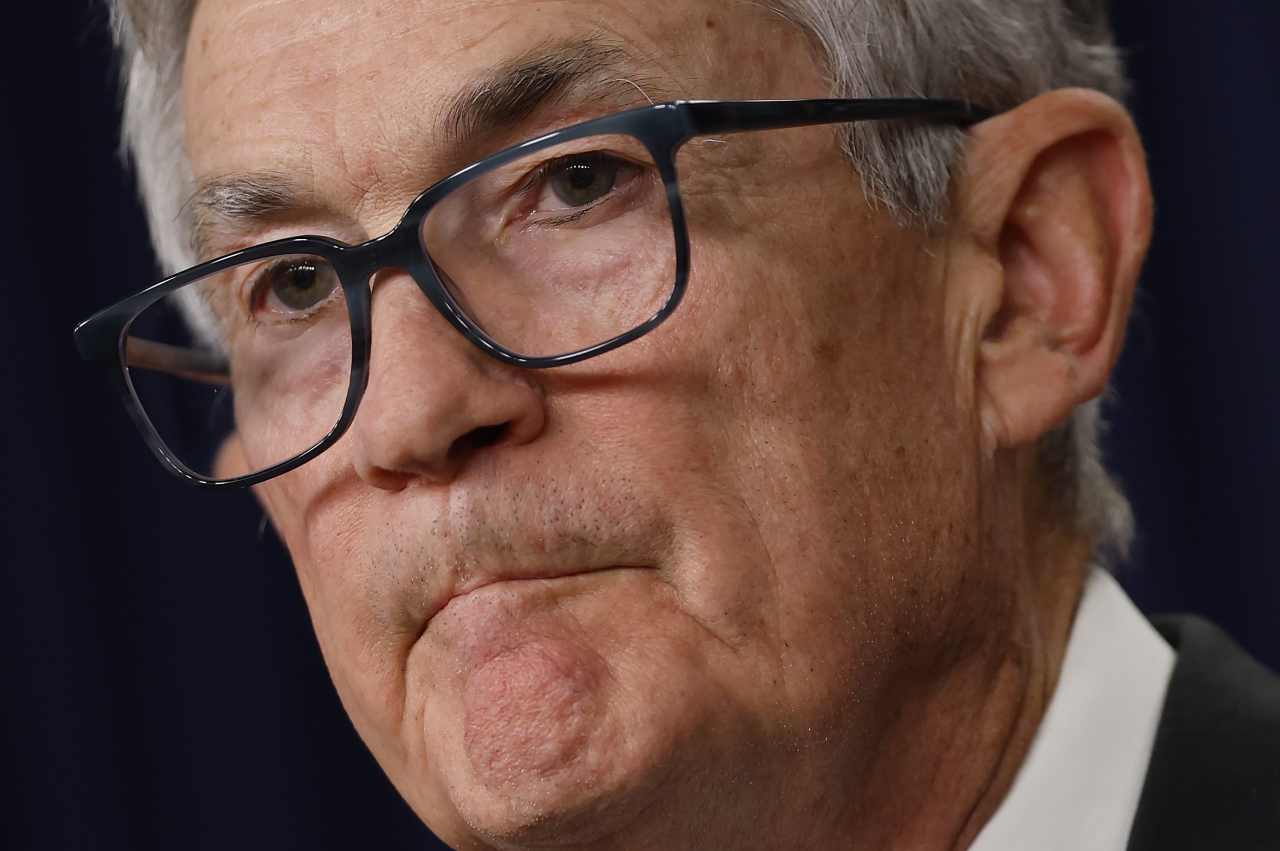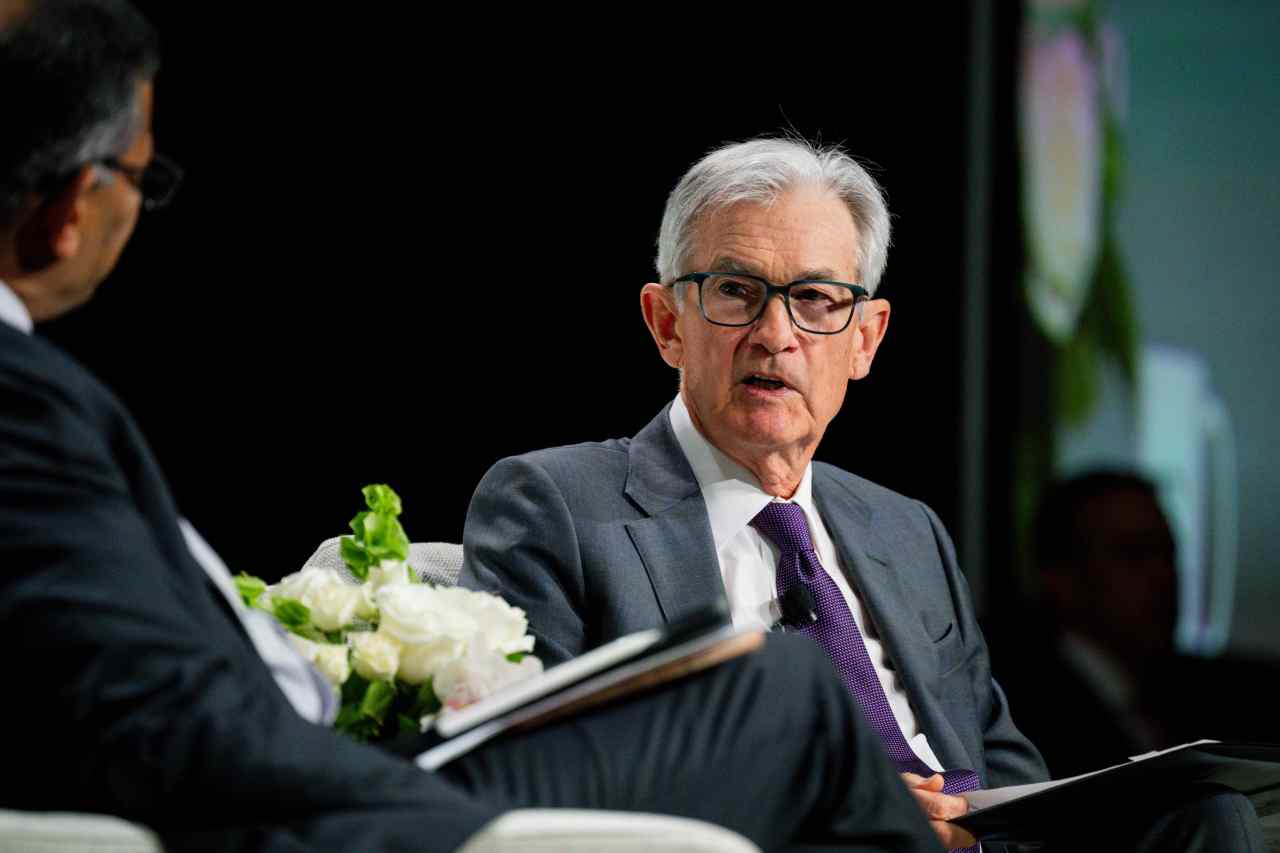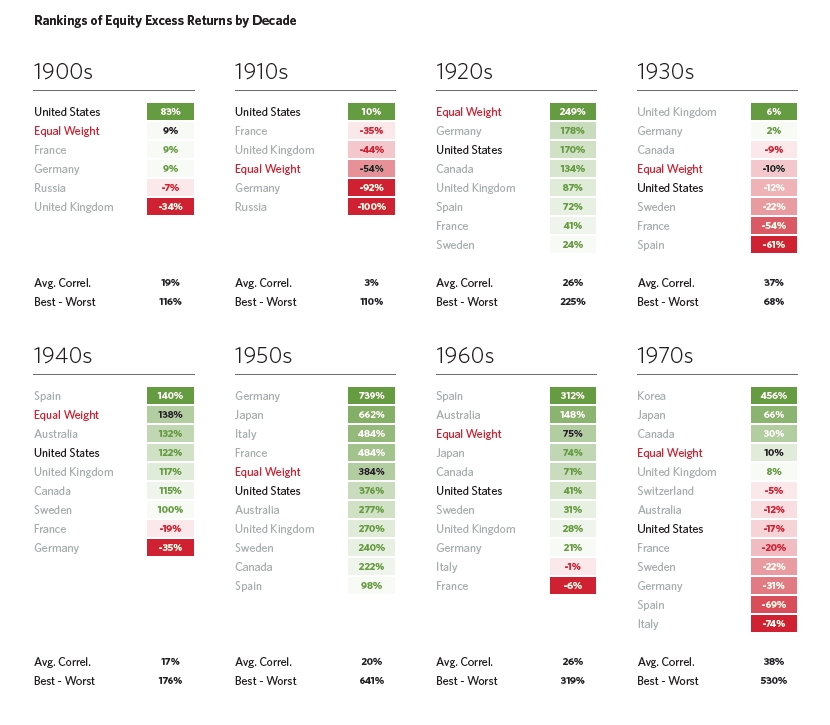Social Security Benefits Got the Biggest Boost Under This President
After it was created in 1935, the Social Security system has been under constant attack from extremist politicians and party members, but it has survived and continued to provide for our elderly and disabled, but which government has helped it grow the most? We looked into the history of Social Security in this country, which […] The post Social Security Benefits Got the Biggest Boost Under This President appeared first on 24/7 Wall St..

After it was created in 1935, the Social Security system has been under constant attack from extremist politicians and party members, but it has survived and continued to provide for our elderly and disabled, but which government has helped it grow the most?
Key Points
-
Aside from tying to inflation and changing who can qualify, Social Security hasn’t improved much since it was implemented.
-
Attempts to privatize Social Security, limit benefits to minorities, and reduce eligibility have prevented Social Security from achieving better social outcomes.
-
Are you ahead, or behind on retirement? SmartAsset’s free tool can match you with a financial advisor in minutes to help you answer that today. Each advisor has been carefully vetted, and must act in your best interests. Don’t waste another minute; get started by clicking here here.(Sponsor)
We looked into the history of Social Security in this country, which presidents strengthened it and which presidents tried to destroy it, and ranked them by their contribution to our society. All the numbers and information here are taken from government documentation.
Background on Social Security
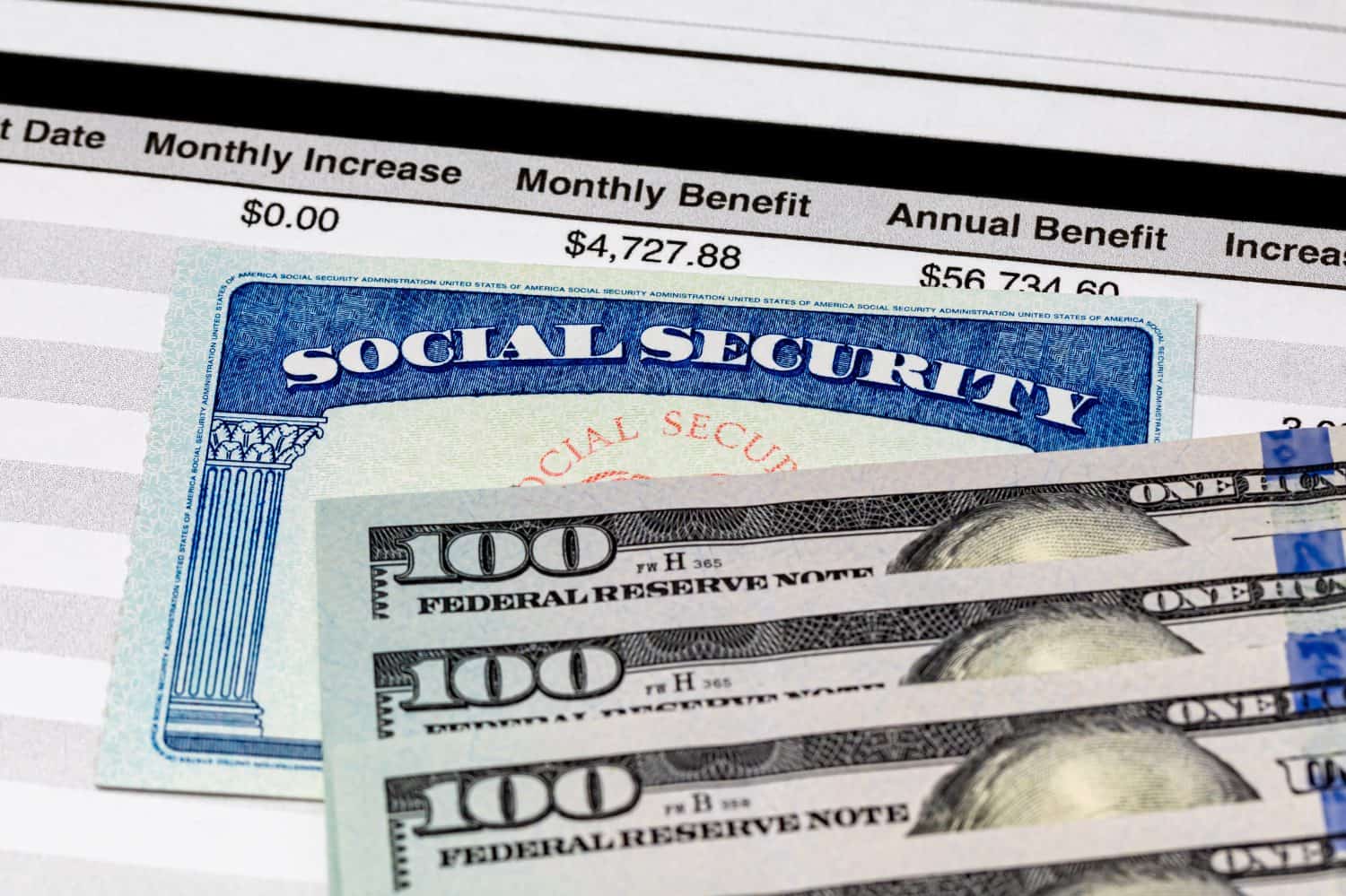
The Social Security program was created in 1935 by President Roosevelt as part of his New Deal group of legislation in order to address unemployment and poverty rates among elderly citizens during the Great Depression. This was the first time in U.S. history that a president advocated for federal assistance for older citizens.
The Social Security program was always intended to provide existing retirees with benefits using current tax revenue. It was not meant to be an alternate savings vehicle or function similarly to an investment account. It is a social welfare program that provides society-wide benefits when implemented properly.
The United States was one of the last developed countries to implement this kind of social welfare program, and it was immediately met with resistance.
Opponents argued that it would reduce the labor force. Instead, it allowed older workers to retire earlier, letting younger workers take their place.
Other opponents called it socialism, betraying their embarrassing misunderstanding of what socialism is.
The original act did not cover jobs and positions that were largely filled with women and minorities, and some States often discriminated against black families by giving them less money than white families and imposing certain restrictions that made it harder for black families to qualify for benefits. This has been improved in the decades since, but not without significant resistance.
Today, over 94% of Americans participate in the Social Security program. In order to qualify for Social Security, a person must work for a certain number of years, contributing to the Social Security program. The amount of monthly payments a person receives depends on how long they worked, how much money they made during their ten most productive years, and how early they retire.
We have covered how to maximize your own retirement benefits. We recommend you read one of our guides if you think you need help.
#15 Ronald Reagan

Of course, Ronald Reagan would be at the bottom of our list. After President Roosevelt, Reagan probably made the most changes to Social Security, but in the opposite direction.
Reagan raised the full retirement age to 67, raised the amount of Social Security benefits that were subject to income tax (raising it to 50%), introduced the self-employment tax (requiring self-employed people to pay both the employer and employee parts of the tax), and eliminated Social Security benefits for some public sector workers.
#14 George W. Bush

President Bush pushed heavily for privatizing Social Security during his campaign and while in office. While the initiative failed, it helped right-wing politicians and figures to gain more popularity for the idea of privatizing Social Security, which would inevitably lead to fewer benefits, fewer people being eligible for benefits, and higher costs.
#13 Donald Trump
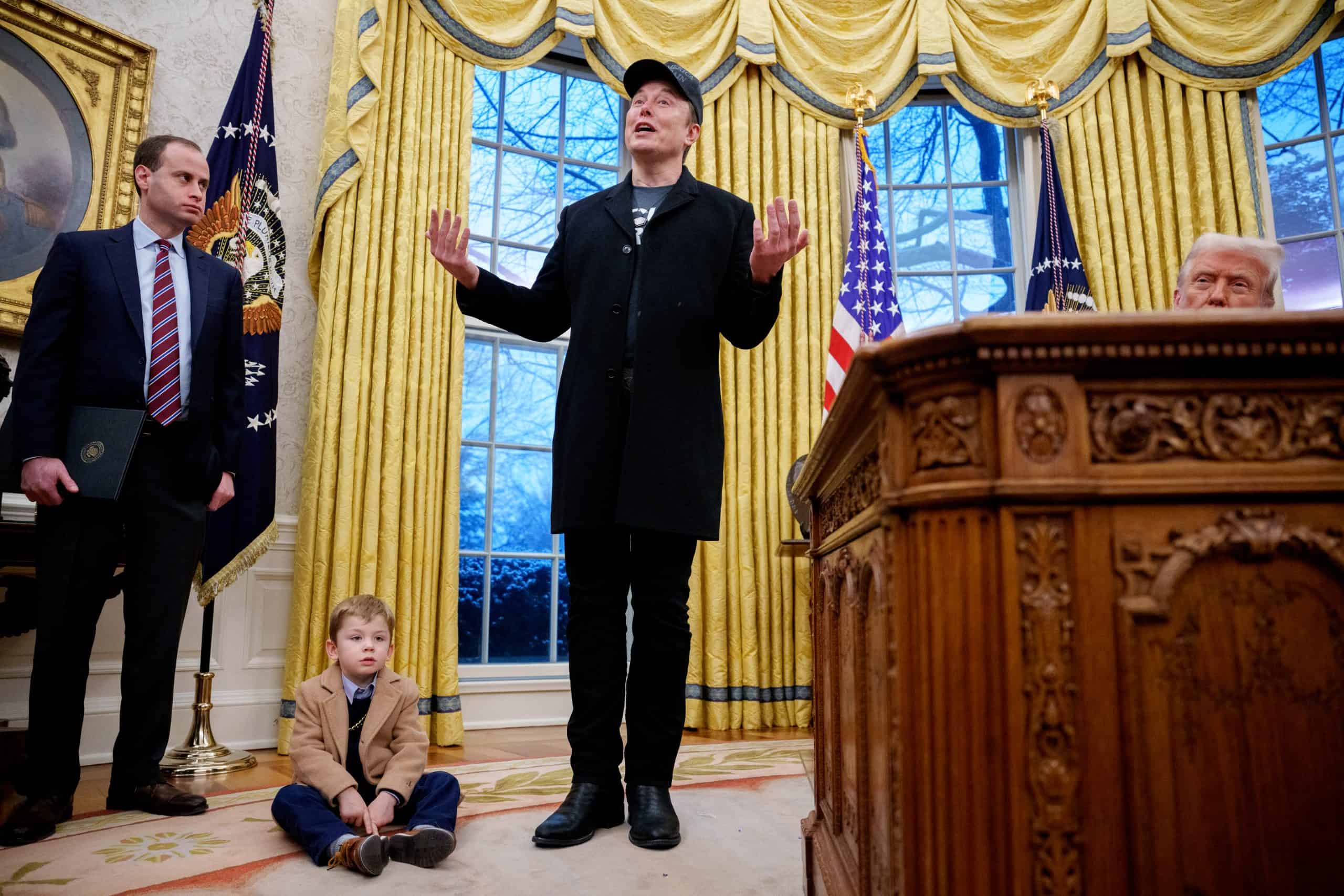
Donald Trump didn’t do anything to expand or protect Social Security, but he did pass the CARES Act. This act reduced the FICA taxes that businesses had to pay and delayed some Social Security Administration benefits payments.
#12 Bill Clinton
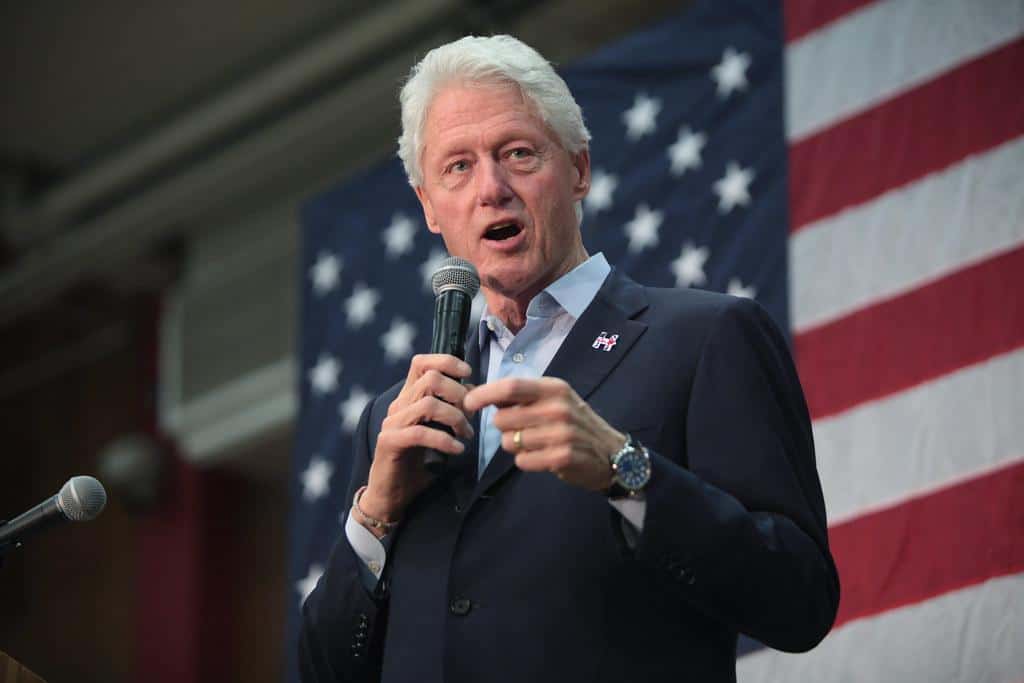
President Clinton increased the amount of Social Security payments that are subject to federal income taxes (making 85% of payments subject to tax, up from 50% of payments). The income thresholds established by Clinton were not indexed to inflation and have not been adjusted since, meaning most Americans pay the higher amounts of tax.
Clinton also denied Social Security to those disabled due to alcoholism or drug use.
#11 Barack Obama
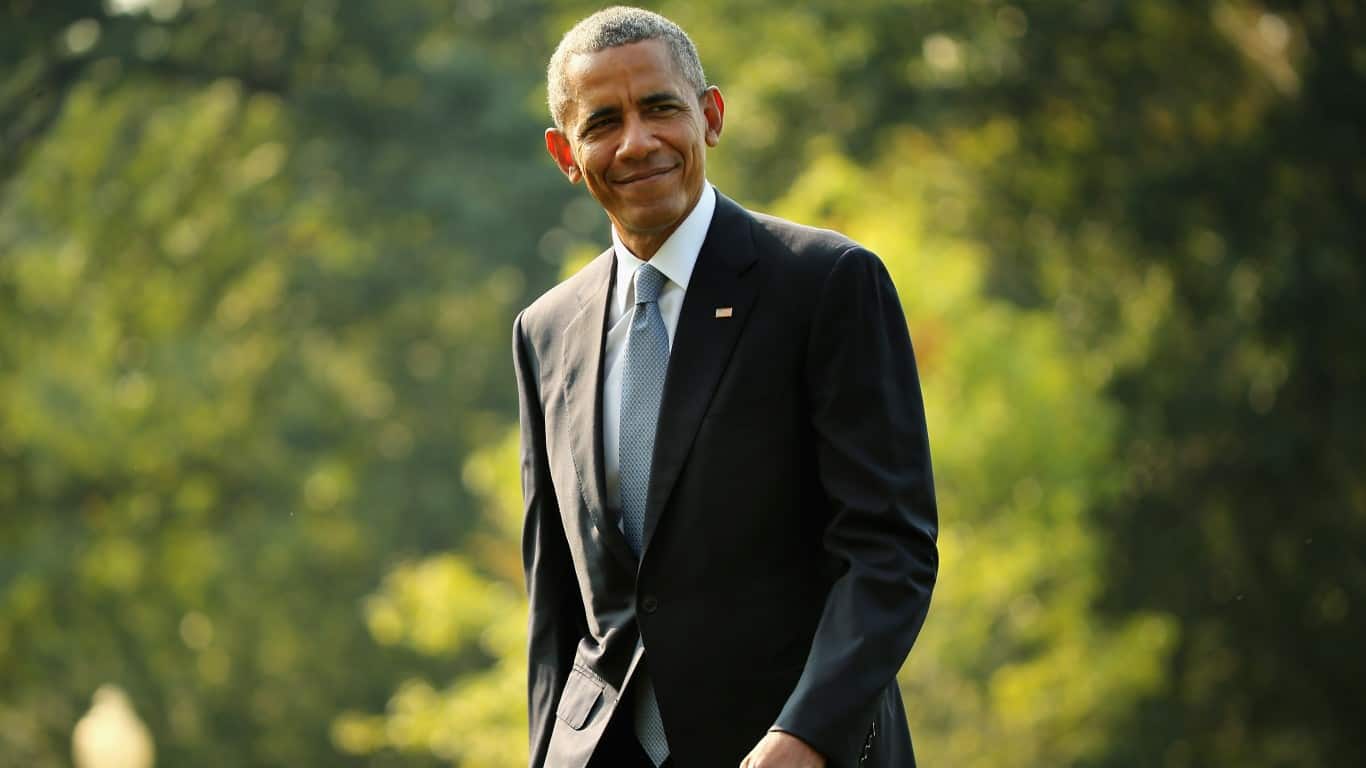
President Obama passed a law that denied Social Security benefits for parole violators, prisoners, and anyone who has a sentence longer than one year. Obamacare helped alleviate the pressure from increasing healthcare costs, but there were no other Social Security changes.
#10 George H. W. Bush
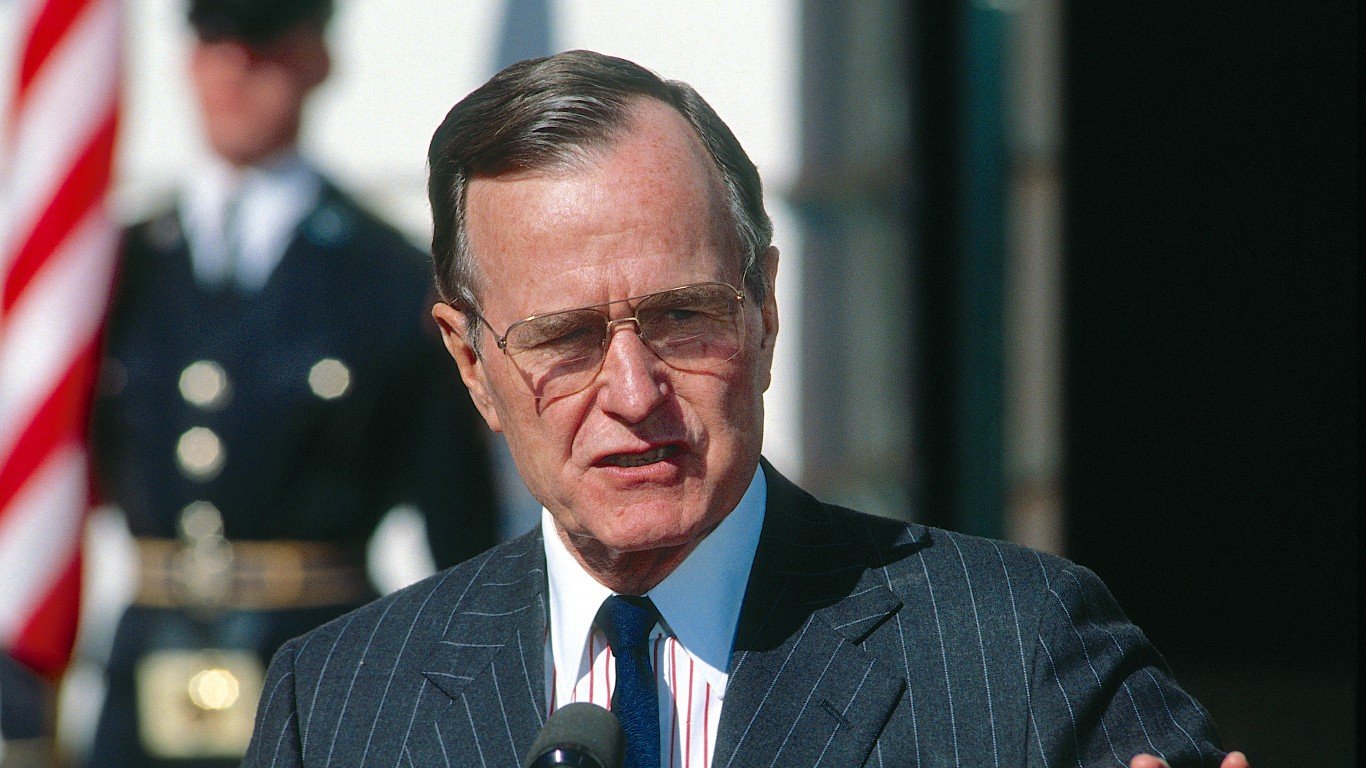
President Bush added state and local government employees who were not covered by a pension plan to the Social Security program and removed Social Security from the government deficit calculations.
#9 Gerald Ford
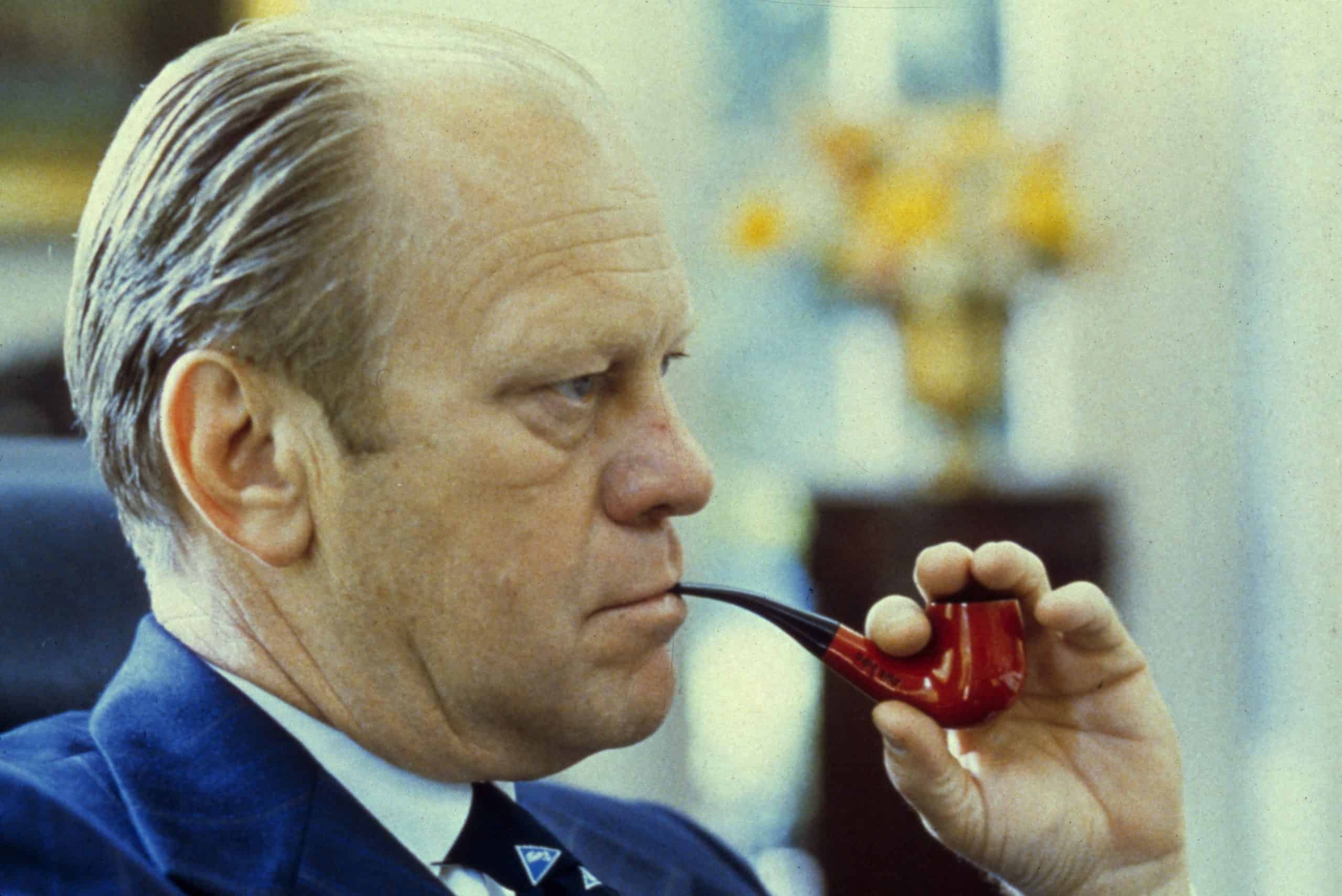
President Ford introduced Medicare Part D and passed a law that allowed the Social Security Administration to track down parents who abandoned their children and garnish their wages for child support.
#8 Joe Biden
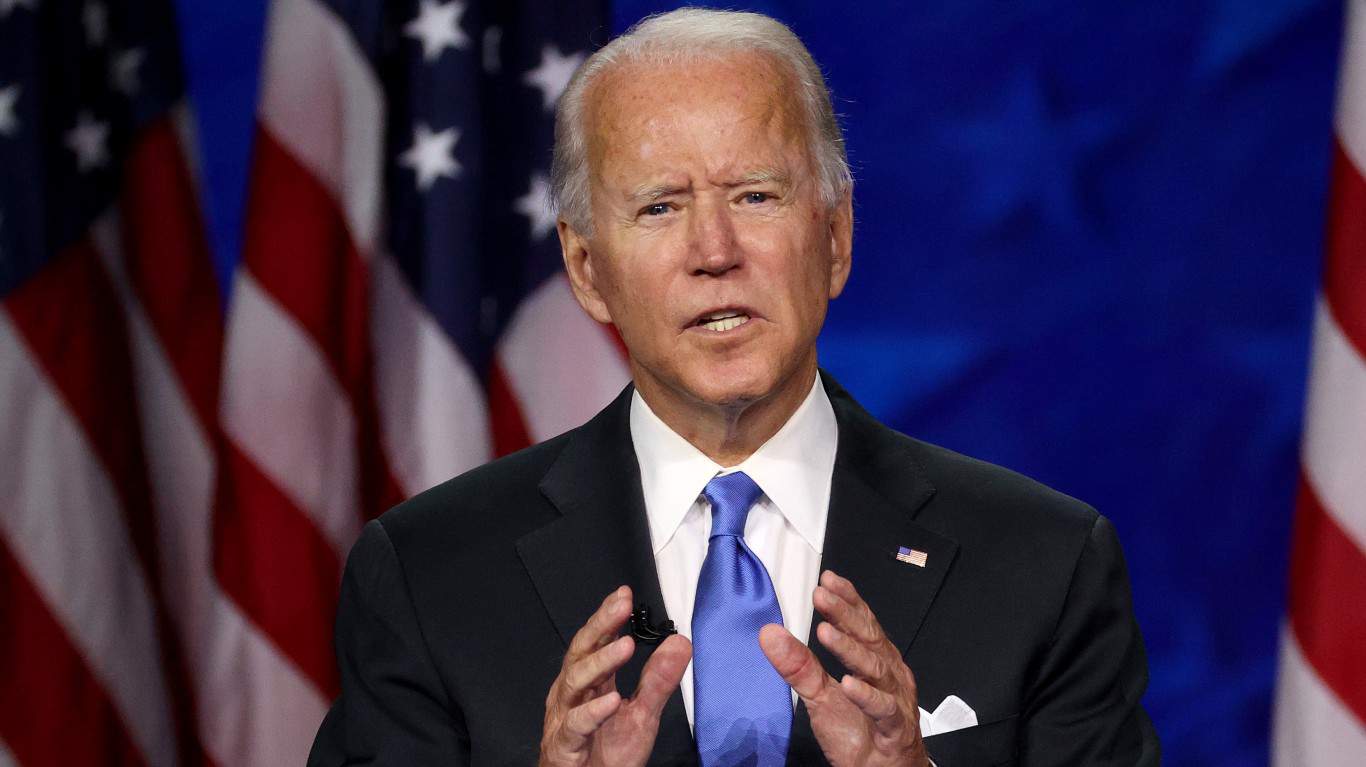
President Biden didn’t increase or protect Social Security in any, but he did repeal the changes made by President Trump during his presidency. These include benefit reductions, and eliminating benefits for public sector workers and their spouses.
#7 Lyndon B. Johnson

Most of President Johnson’s work for helping retirees and the disabled was focused on creating Medicare and Medicaid. Along with Social Security, these two programs ensure our elderly citizens can survive in America without work, and mean that retirees don’t have to use as much of their Social Security benefits to pay for expensive medical care.
#6 Richard Nixon
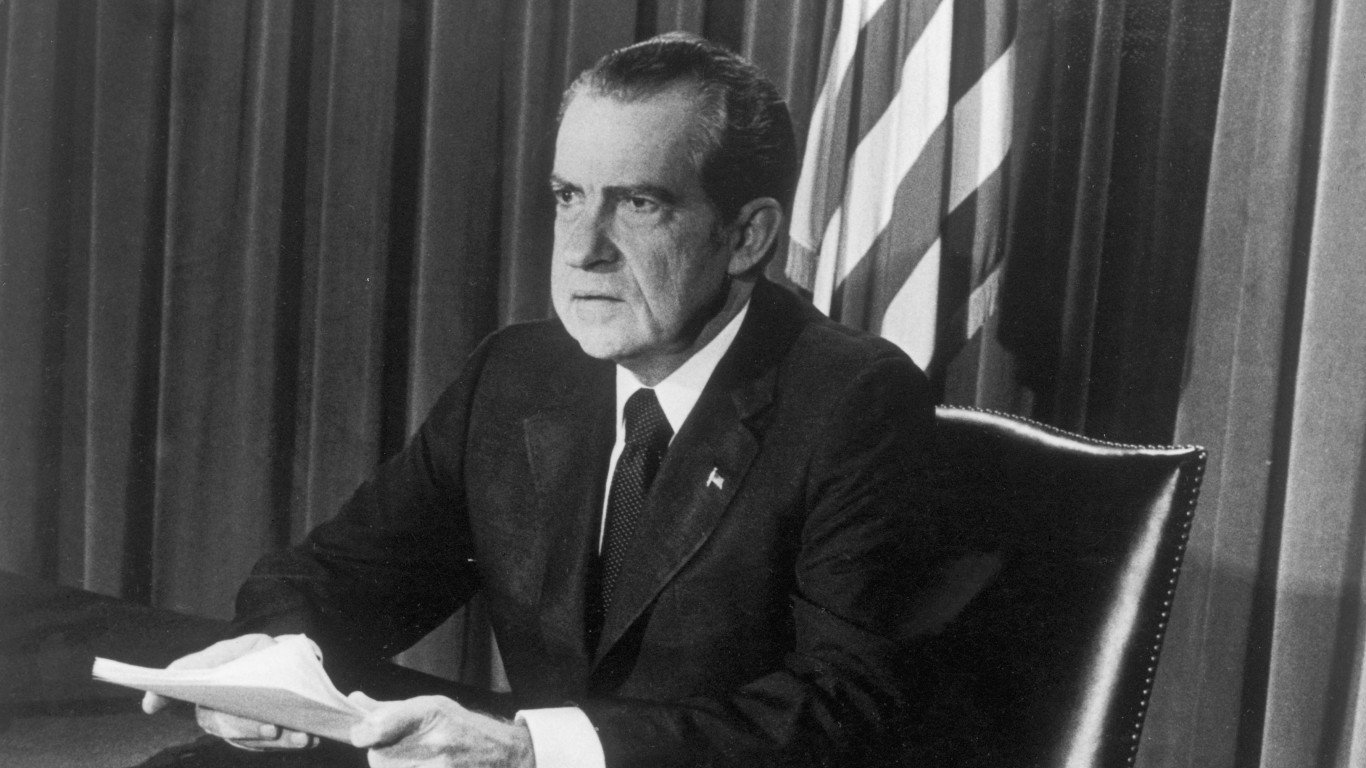
President Nixon changed the cost-of-living law by making it automatic every year, no longer requiring a congressional vote. This made the changes more regular and took politics out of maintaining purchasing power for beneficiaries.
#5 Jimmy Carter

President Carter raised the payroll tax by less than one percent, increased the base wage at which taxes are withheld, and reduced some Social Security benefits. These changes helped sustain the Social Security program for a few more years after it almost ran out of money.
#4 John F. Kennedy
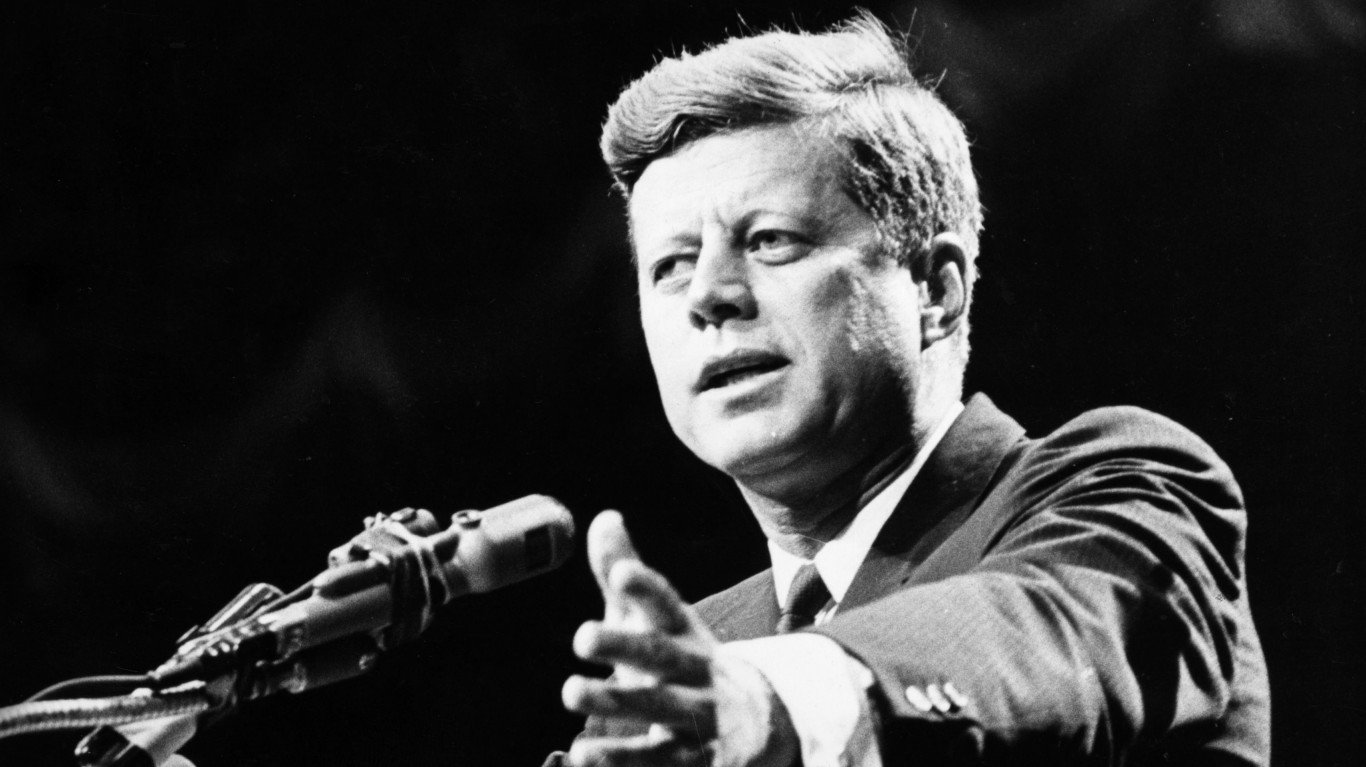
President Kennedy signed a handful of bills during his short time in office. One allowed qualified workers to claim their benefits early (at age 62) instead of at the retirement age of 65. Early claims will result in reduced benefits until full retirement age is reached. This only applied to men at the time.
He also increased the monthly benefit for Social Security and for disability. He also expanded the program, allowing thousands of new people to apply to the program.
#3 Dwight D. Eisenhower

President Eisenhower passed the laws that added disabled workers to the Social Security program and children of deceased workers who were disabled before turning 18. Today, more than 10 million disabled workers receive benefits from the Social Security Disability Income Trust.
#2 Harry S. Truman
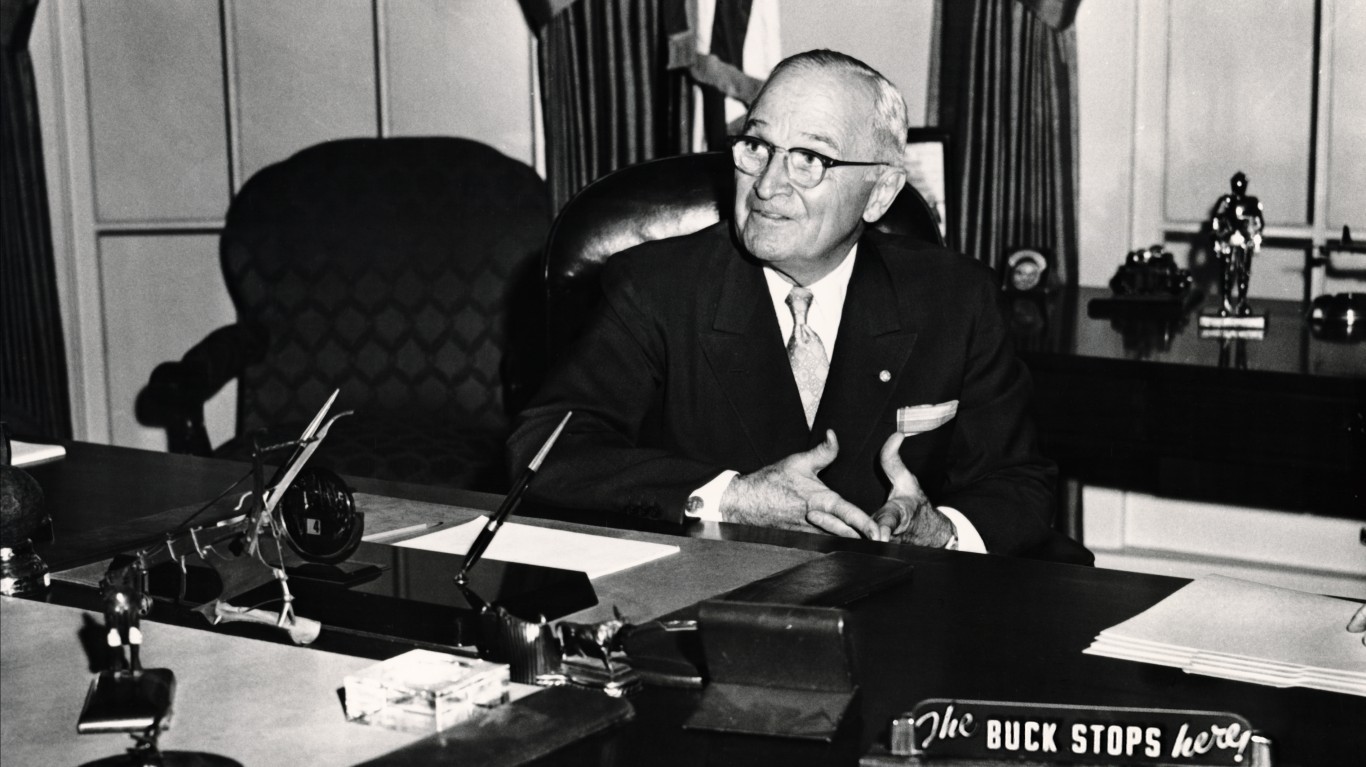
President Truman created the first cost-of-living adjustment for Social Security payments, allowing Congress to vote to increase payments as inflation grew. During his administration, Social Security recipients saw their benefits almost double (around a 99.1% increase).
#1 Franklin Roosevelt
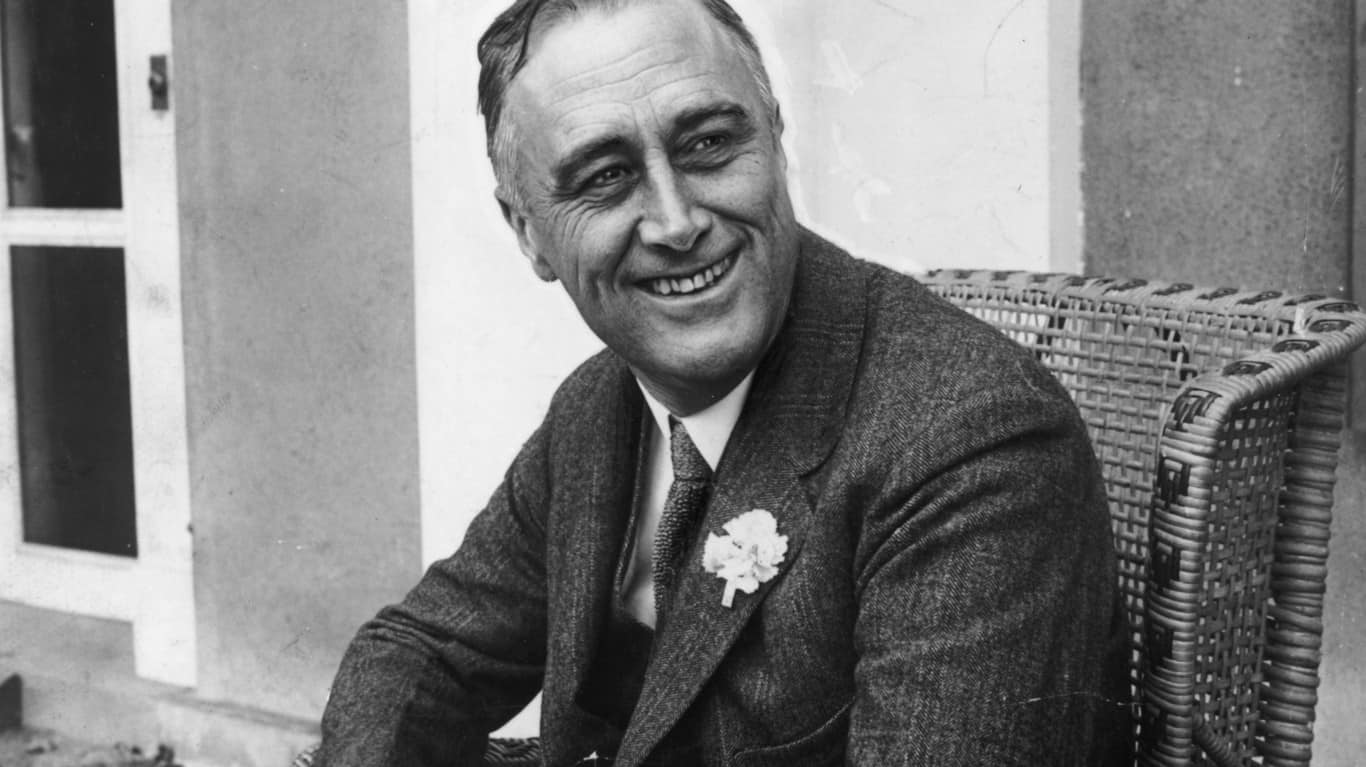
President Roosevelt masterminded and passed the Social Security Act which created the Social Security program and other welfare programs in 1935. Payouts didn’t begin until 1940, while workers earned work credits and the taxes collected up until that point were used to pay the existing retirees. Roosevelt later expanded the Social Security program to include family dependents and the survivors of qualified workers who died.
The post Social Security Benefits Got the Biggest Boost Under This President appeared first on 24/7 Wall St..

















